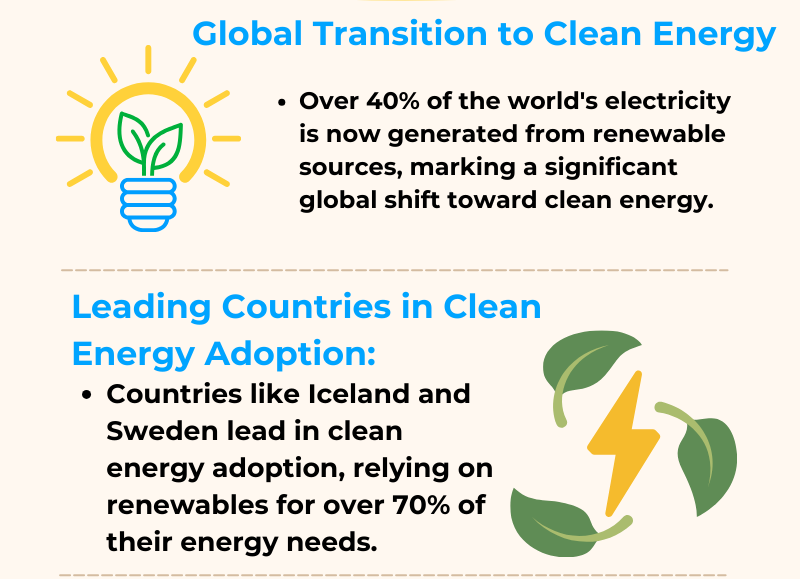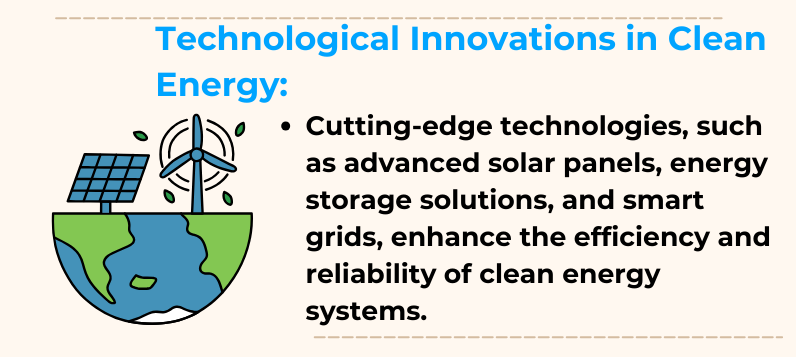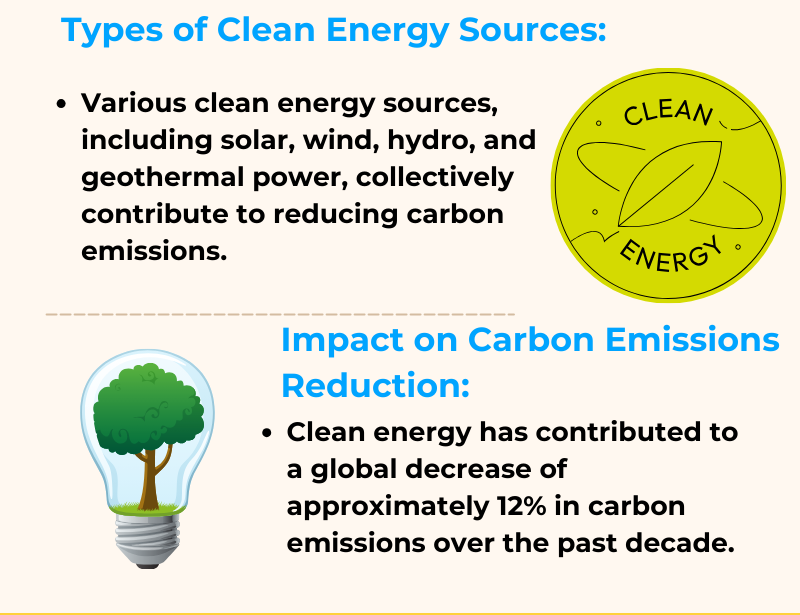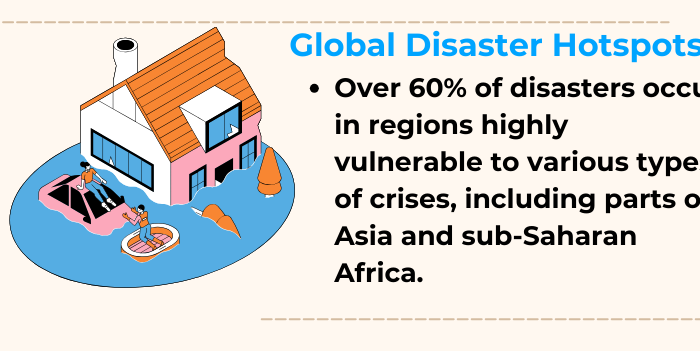In the pursuit of sustainable development and improved quality of life, access to clean energy stands as a cornerstone. This article delves into the critical role that clean energy plays in humanitarian initiatives, shedding light on innovative solutions that are empowering communities, fostering resilience, and creating a brighter future. This piece aims to inspire action and support for initiatives that bring clean energy to those in need.

I. Clean Energy for Sustainable Development:
Access to clean energy is a catalyst for sustainable development. In underserved and remote communities, the lack of reliable energy sources hampers progress in education, healthcare, and economic activities. Clean energy solutions, such as solar power and wind energy, offer a sustainable and environmentally friendly alternative, unlocking opportunities for growth and development.
Clean energy is not just about providing electricity; it’s about empowering communities, fostering sustainable development, and creating a path to a brighter future.
II. Solar Power: Lighting Up Lives:
Solar power has emerged as a game-changer in providing clean energy to off-grid and remote areas. Through the installation of solar panels, communities gain access to reliable electricity for lighting, powering essential devices, and even running small businesses. Solar-powered solutions not only reduce dependence on non-renewable energy sources but also contribute to environmental conservation.
The impact of solar power extends beyond lighting homes. It enhances education by providing electricity for schools, facilitates healthcare services by powering medical equipment, and stimulates economic activities by supporting small enterprises.

III. Wind Energy in Humanitarian Settings:
In regions with consistent wind patterns, harnessing wind energy proves to be a viable and sustainable solution. Small-scale wind turbines can provide a reliable source of electricity for community needs, offering a clean and renewable alternative to traditional energy sources. The implementation of wind energy projects in humanitarian settings contributes to long-term resilience and energy independence.
Wind energy projects are not just about generating power; they represent a commitment to environmental stewardship and sustainable development. By harnessing the power of the wind, communities become less reliant on finite resources and more resilient in the face of changing climates.
IV. Biomass Energy for Cooking and Heating:
In many developing regions, traditional cooking methods contribute to deforestation and indoor air pollution. Clean energy solutions, such as improved cookstoves fueled by biomass, address these challenges. By promoting the use of cleaner and more efficient cooking technologies, charities can improve air quality, reduce environmental degradation, and enhance the health and well-being of communities.
The adoption of biomass energy solutions goes beyond mitigating environmental impact. It transforms daily life for individuals, particularly women and children, by reducing the time spent collecting fuel, minimizing exposure to harmful smoke, and promoting a healthier living environment.

V. Microgrids: Energy Independence for Communities:
The establishment of microgrids is revolutionizing the energy landscape in remote areas. These localized, independent energy systems enable communities to generate and manage their own power, reducing reliance on centralized grids. Microgrids enhance resilience, particularly in the face of natural disasters, by ensuring that communities can maintain essential services even when the main power supply is disrupted.
Microgrids represent a shift from traditional energy distribution models, putting the power literally in the hands of the community. This autonomy not only ensures a more reliable energy supply but also fosters a sense of ownership and self-sufficiency.
VI. Technology and Data for Energy Access Mapping:
Innovations in technology, such as Geographic Information Systems (GIS) and satellite imagery, are instrumental in mapping energy access gaps. By identifying areas lacking access to clean energy, charities can target interventions more effectively, ensuring that resources are directed toward the communities that need them the most. This data-driven approach enhances the efficiency and impact of clean energy initiatives.
Technology plays a crucial role in optimizing the impact of clean energy projects. From identifying suitable locations for solar installations to analyzing wind patterns for optimal turbine placement, advanced technologies empower charities to make informed decisions that maximize the benefits for communities in need.
VII. Public-Private Partnerships for Lasting Impact:
To scale up clean energy initiatives, collaboration between charities, governments, and private sector entities is crucial. Public-private partnerships can leverage resources, expertise, and technology to implement sustainable projects that address energy poverty. These collaborations contribute to the creation of scalable and replicable models for clean energy access, fostering lasting impact in communities.
Public-private partnerships represent a fusion of strengths from various sectors. Charities bring a deep understanding of community needs, governments provide regulatory support and infrastructure, and private companies contribute technological innovation and financial resources. Together, these partnerships create a synergy that can drive transformative change.
Access to clean energy is not just about providing electricity; it’s about empowering communities, fostering sustainable development, and creating a path to a brighter future. Charities play a pivotal role in bringing about this change by implementing innovative and scalable clean energy solutions. By supporting initiatives that prioritize clean energy access, we contribute to a more equitable world, where every individual has the opportunity to thrive and build resilient communities that can withstand the challenges of the future. Together, let’s illuminate lives and drive positive change through the transformative power of clean energy.
You can learn more about renewable energy on this link and you can also find various appeals of Noor relief fund here many of them are providing energy and water to poor people across the world.




This article serves as a valuable resource on the subject. For those seeking further information, I recommend to access additional resources.
Laudable
Great insight.
Highly recommended
Looking forward to more insight and information
Good initiative